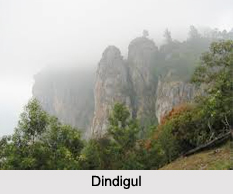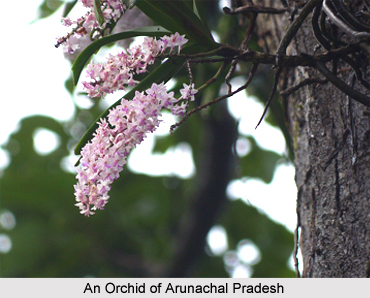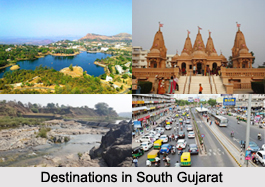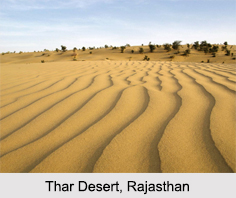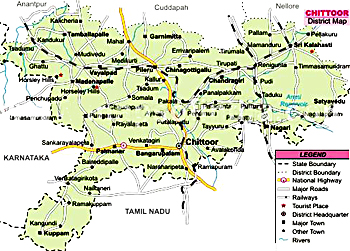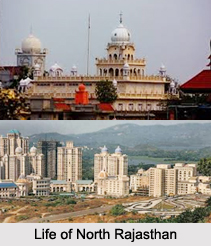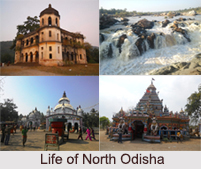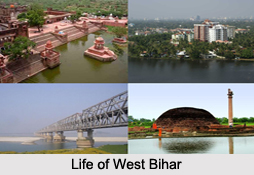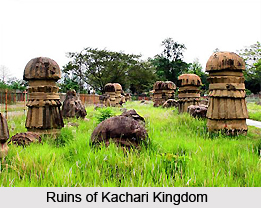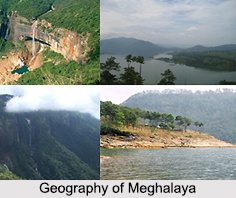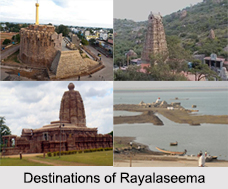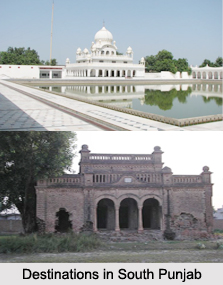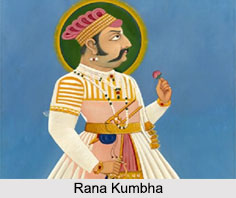 Rana Kumbha was a Rajput ruler who belonged to the Sisodia clan in Rajasthan. Kumbha was the son of Rana Mokal of Mewar and his wife Sobhagya Devi. Rana Kumbha was the forerunner of Rajput renaissance in the 15th century. He upheld the Hindu flag at the time when the entire country was under the Islamic rule, making Mewar the only independent state.
Rana Kumbha was a Rajput ruler who belonged to the Sisodia clan in Rajasthan. Kumbha was the son of Rana Mokal of Mewar and his wife Sobhagya Devi. Rana Kumbha was the forerunner of Rajput renaissance in the 15th century. He upheld the Hindu flag at the time when the entire country was under the Islamic rule, making Mewar the only independent state.
Ascension of Rana Kumbha
Mewar had lost its significance after being invaded by the armies of Alauddin Khilji in the beginning of the 13th century. Rana Hammira"s grandson, Maharana Mokal was assassinated by his brothers Chacha and Mera in 1433. Lack of support, however, caused Chacha and Mera to flee and Rana Kumbha ascended the throne of Mewar. Initially, Rana Kumbha was ably assisted by Ranmal who was the Rathore of Mandore. However, Rana Kumbha assassinated him in 1438AD. In November 1442, Mahmud Khilji, the Sultan of Malwa, commenced a series of attacks on Mewar. On April 26, 1443, Rana Kumbha attacked Sultan and he had to return to Mandu. The Sultan captured kingdoms nearby Mewar but did not attack Mewar for another 10 years. Rana Kumbha erected Vijay Stambha in order to commemorate his victory over the combined armies of Malwa and Gujarat in 1440 AD.
Rana Kumbha was aided by Ahmad Shah (ruler of Gujarat) and Muhammad Shah (ruler of Delhi) to oust Mahmud Khilji. Rana of Kumbha was conferred the title of "Hindu Surranta" or "Hindu Sultan" by the rulers of Delhi and Gujarat. He was the first Hindu ruler to be given this honour by the Muslim Sultans.
Shams Khan, son of Firoz Khan, the ruler of Nagaur initially sought help of Rana Kumbha against his uncle Mujahid Khan, who had usurped the throne after his father"s death. Shams Khan, refused to weaken his defences. Kumbha angered by this, captured Nagaur, Kasili, Khandela and Sakambhari in 1456. Rana Kumbha was able to defend his kingdom against the attack of Mahmud Khilji and Qutbuddin Aibak and Rao Jodha.
Construction of Forts by Rana Kumbha
Rana Kumbha built 32 fortresses that formed the defence of Mewar. The chief citadel of Mewar is the Fort of Kumbhalgarh that was built by Rana Kumbha which is the highest fort in Rajasthan.
Vijay Stambha by Rana Kumbha
Rana Kumbha commissioned the construction of a Victory Tower or Vijay Stambha at Chittor to commemorate his victory over the combined armies of Malwa and Gujarat led by Mahmud Khilji in the year 1448. It was completed in 1458 and is referred to as "Vishnu Stambha" – “Tower of Vishnuâ€. It is covered with sculptures of Hindu Gods and Goddesses and depicts episodes from the epics of Ramayana and the Mahabharata. To ensure that the monument does not get destroyed by the invaders, he carved the word "Allah" on 3rd and 8th storeys.
Death of Rana Kumbha
Rana Kumbha was killed by his son Udaysimha (Uday Singh I). He was envious of his father"s expansive kingdom and reign that went for many years. It provoked him to seize the throne by any means possible and in 1468, he killed his own father.







